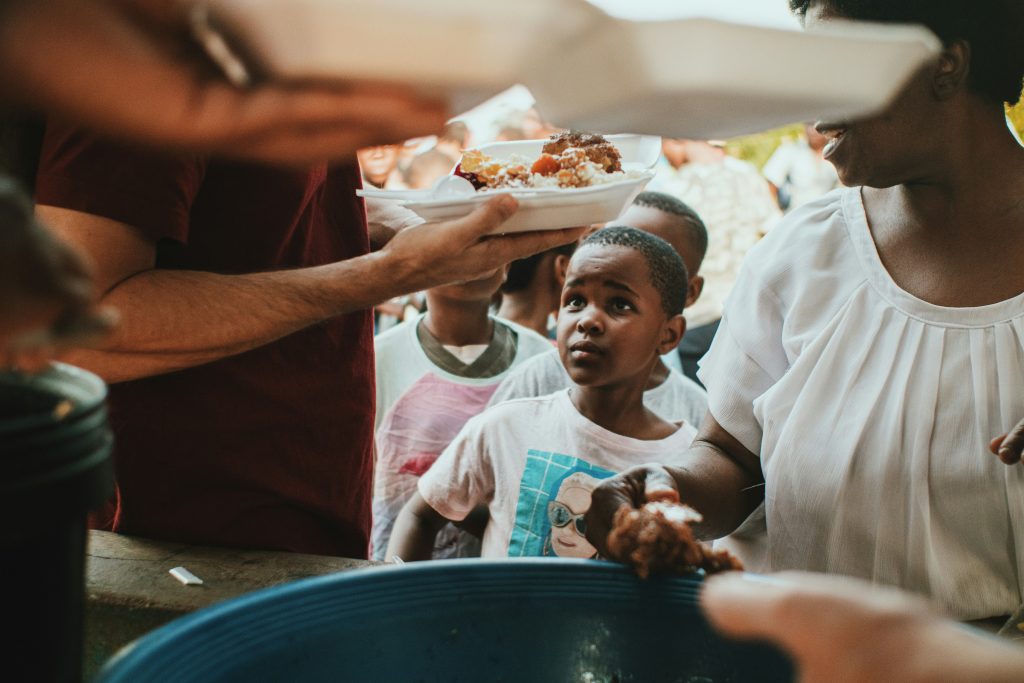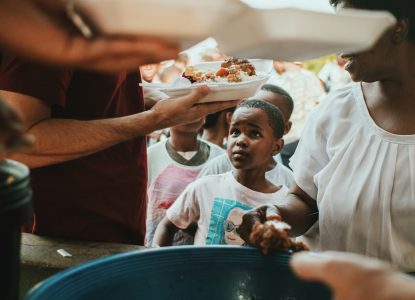By Marianna Richardson, Director of Communications for the G20 Interfaith Forum
– – –
This blog is part 5 of a 5-part series, exploring IF20’s five Priority Areas looking forward to the G20 Interfaith Forum in Cape Town, August 2025.
Disasters—whether sudden or slow-moving—are intensifying in frequency and impact due to climate change, environmental degradation, and social vulnerability. From rainforest destruction to climate-induced migration, the cascading effects of ecological crises demand a reimagined approach to disaster prevention, response, and recovery. Religious actors, often overlooked in policy frameworks, are uniquely positioned to contribute at every stage of the disaster cycle. Their moral authority, grassroots networks, and cultural fluency make them indispensable partners in building resilience and delivering aid.
Faith-based organizations (FBOs) have long served as first responders. During Hurricane Katrina, over 500,000 volunteers from religious groups mobilized to rebuild homes and provide spiritual care.1 In Pakistan’s 2005 earthquake, mosques became central hubs for relief distribution and shelter, demonstrating the capacity of religious institutions to coordinate aid in remote regions.2 These examples underscore the need to formally integrate religious actors into disaster planning and policy.

The Problem
Environmental degradation, particularly rainforest destruction, exacerbates disaster risk. Rainforests act as carbon sinks and regulate rainfall patterns; their loss accelerates climate disruption and increases vulnerability to droughts, floods, and wildfires.3 In Brazil’s Pantanal wetlands, unprecedented fires in 2024 burned over 3 million acres, displacing wildlife and communities.4 Faith-based advocacy can amplify conservation efforts, as seen in the Rainforest Alliance’s partnerships with indigenous communities to protect biodiversity and livelihoods.5
Climate migration presents another layer of complexity. As ecosystems collapse, millions are forced to relocate, often without adequate support systems. Religious institutions, rooted in local communities, offer not only material aid but also psychosocial support and cultural continuity. Their role in fostering belonging and healing is critical in displacement contexts.6 Moreover, religious teachings—such as the Islamic principle of zakat or the Buddhist practice of dana—promote charitable giving and solidarity, reinforcing communal resilience.7
Solutions
Policy frameworks must evolve to reflect these realities. The Sendai Framework for Disaster Risk Reduction calls for inclusive, multi-sectoral strategies, yet religious actors remain underrepresented in national platforms.8 The G20 Interfaith Forum (IF20) has advocated for greater recognition of faith-based contributions, urging governments to engage religious leaders in disaster risk governance and climate adaptation planning.9 FEMA’s 2025 guide emphasizes the importance of engaging faith-based organizations in preparedness and recovery, highlighting their role in culturally sensitive outreach and continuity efforts.10
To move forward, governments and humanitarian agencies must:
- Establish formal partnerships with FBOs in disaster planning.
- Invest in capacity-building for religious leaders in emergency response.
- Include faith-based perspectives in climate resilience and migration policy.
- Support interfaith collaboration to foster pluralism and reduce risk.
Disaster relief is no longer just about logistics—it’s about relationships, trust, and moral vision. Religious actors bring all three. By centering their contributions, we can build a more compassionate, coordinated, and resilient response to the crises of our time.
G20 Interfaith Forum South Africa 2025
During the IF20 South Africa Forum on August 11-14, 2025, there will be plenaries and breakout sessions addressing the topic of disaster relief. A plenary session will address sustainability issues and the religious responsibilities to act in the face of disaster. Breakout sessions will explore the role of women in building peace and sustainable communities, along with global and African challenges with disaster relief. Videos of these sessions will be available on the website, www.g20interfaith.org, and our YouTube Channel by the end of September.
– – –
Marianna Richardson is the Director of Communications for the G20 Interfaith Forum. She is also an adjunct professor at the Marriott School of Business at Brigham Young University.
—
Notes:
- Katherine Marshall, “Religion, Risk, Resilience, and Disaster Response,” The Interfaith Observer, July 2019, [23].
- Ateeq Ur Rehman, “Religious Leader’s Engagement in Disaster Management,” JLI Blog, February 2025, [22].
- Rainforest Rescue, “The Climate Crisis and Extinction,” 2024, [14].
- Rainforest Trust, “Climate Disasters,” December 2024, [11].
- Rainforest Alliance, “Our 360 Approach to Stopping Rainforest Destruction,” July 2020, [15].
- UNDRR, “Protecting Nature to Minimize Disaster Risks,” October 2023, [13].
- Michael Prasad, “The Role of Faith in Disasters,” Domestic Preparedness, November 2022, [9].
- United Nations Office for Disaster Risk Reduction, Sendai Framework for Disaster Risk Reduction 2015–2030.
- G20 Interfaith Forum, “Key Recommendations for Leaders,” September 2024, [7].
- FEMA, Engaging Faith-Based and Community Organizations, April 2025, [6].


